Black cumin and 9 impressive health benefits that will make your life better
Black cumin and 9 impressive health benefits that will make your life better
Black cumin also known as nigella or by its scientific name Nigella sativa or kalonji. It belongs to the buttercup family of flowering plants. It grows up to 12 inches (30 cm) tall and produces a fruit with seeds that are used as a flavorful spice in many cuisines. In addition to its culinary use, kalonji is known for its medicinal properties. In fact, its use can be traced back several centuries as a natural remedy for everything from bronchitis to diarrhea.
The seeds of the kalonji plant are known for their diverse culinary uses and medicinal properties. Traditionally used to treat a variety of ailments, kalonji has been associated with a wide range of health benefits.

.jpg)
1. Packed with Antioxidants
Antioxidants are substances that neutralize harmful free radicals and prevent oxidative damage to cells. Research shows that antioxidants can have a powerful effect on health and disease. In fact, some studies indicate that antioxidants may protect against several types of chronic conditions, including cancer, diabetes, heart disease and obesity.
Several compounds found in kalonji, such as thymoquinone, carvacrol, t-anethole and 4-terpineol, are responsible for its potent antioxidant properties.
One test-tube study found that kalonji essential oil also acted as an antioxidant. However, further research is needed to determine how the antioxidants found in kalonji may impact health in humans.
2. May Lower Cholesterol
Cholesterol is a fat like substance found throughout your body. While you need some cholesterol, high amounts can build up in your blood and increase your risk of heart disease. Kalonji has been shown to be especially effective at lowering cholesterol.
One review of 17 studies found that supplementing with kalonji was associated with significant decreases in both total and “bad” LDL cholesterol, as well as blood triglycerides.
Interestingly, it also found that kalonji oil had a greater effect than kalonji seed powder. However, only seed powder increased levels of “good” HDL cholesterol. Another study in 57 people with diabetes showed that supplementing with kalonji for one year decreased total and LDL cholesterol, all while increasing HDL cholesterol. Lastly, a study in 94 people with diabetes had similar findings, reporting that taking 2 grams of kalonji daily for 12 weeks reduced both total and LDL cholesterol.

3. Could Have Cancer-Fighting Properties
Kalonji is high in antioxidants, which help neutralize harmful free radicals that may contribute to the development of diseases like cancer. Test-tube studies have found some impressive results regarding the potential anti-cancer effects of kalonji and thymoquinone, its active compound.
For instance, one test-tube study found that thymoquinone induced cell death in blood cancer cells. Another test-tube study showed that kalonji extract helped inactivate breast cancer cells. Other test-tube studies suggest that kalonji and its components may also be effective against several other types of cancer, including pancreatic, lung, cervical, prostate, skin and colon cancers.
However, there is no evidence on the anti-cancer effects of kalonji in humans. Studies are needed to examine whether kalonji has any cancer-fighting benefits when used as a spice or taken as a supplement.
4. Can Help Kill off Bacteria
Disease-causing bacteria are responsible for a long list of dangerous infections, ranging from ear infections to pneumonia. Some test-tube studies have found that kalonji may have antibacterial properties and be effective at fighting off certain strains of bacteria.
One study applied kalonji topically to infants with a staphylococcal skin infection and found that it was as effective as a standard antibiotic used to treat bacterial infections.
Another study isolated methicillin-resistant Staphylococcus aureus (MRSA), a strain of bacteria that is difficult to treat and resistant to antibiotics, from the wounds of diabetic patients. Kalonji killed off the bacteria in a dose-dependent manner in over half of the samples.
Several other test-tube studies have shown that kalonji can help inhibit the growth of MRSA, as well as many other strains of bacteria. Yet, human studies are limited, and more research is needed to look at how kalonji may affect different strains of bacteria in the body.
5. May Alleviate Inflammation
In most cases, inflammation is a normal immune response that helps protect the body against injury and infection. On the other hand, chronic inflammation is believed to contribute to a variety of diseases, such as cancer, diabetes and heart disease.
Some studies have found that kalonji may have powerful anti-inflammatory effects in the body. In one study in 42 people with rheumatoid arthritis, taking 1,000 mg of kalonji oil daily for eight weeks reduced markers of inflammation and oxidative stress.
In another study, inflammation was induced in the brain and spinal cord of rats. Compared to a placebo, kalonji was effective at protecting against and suppressing inflammation.
Similarly, a test-tube study showed that thymoquinone, the active compound in kalonji, helped reduce inflammation in pancreatic cancer cells.
Despite these promising results, most human studies are limited to people with specific conditions. More research is needed to understand how kalonji may affect inflammation among the general population.
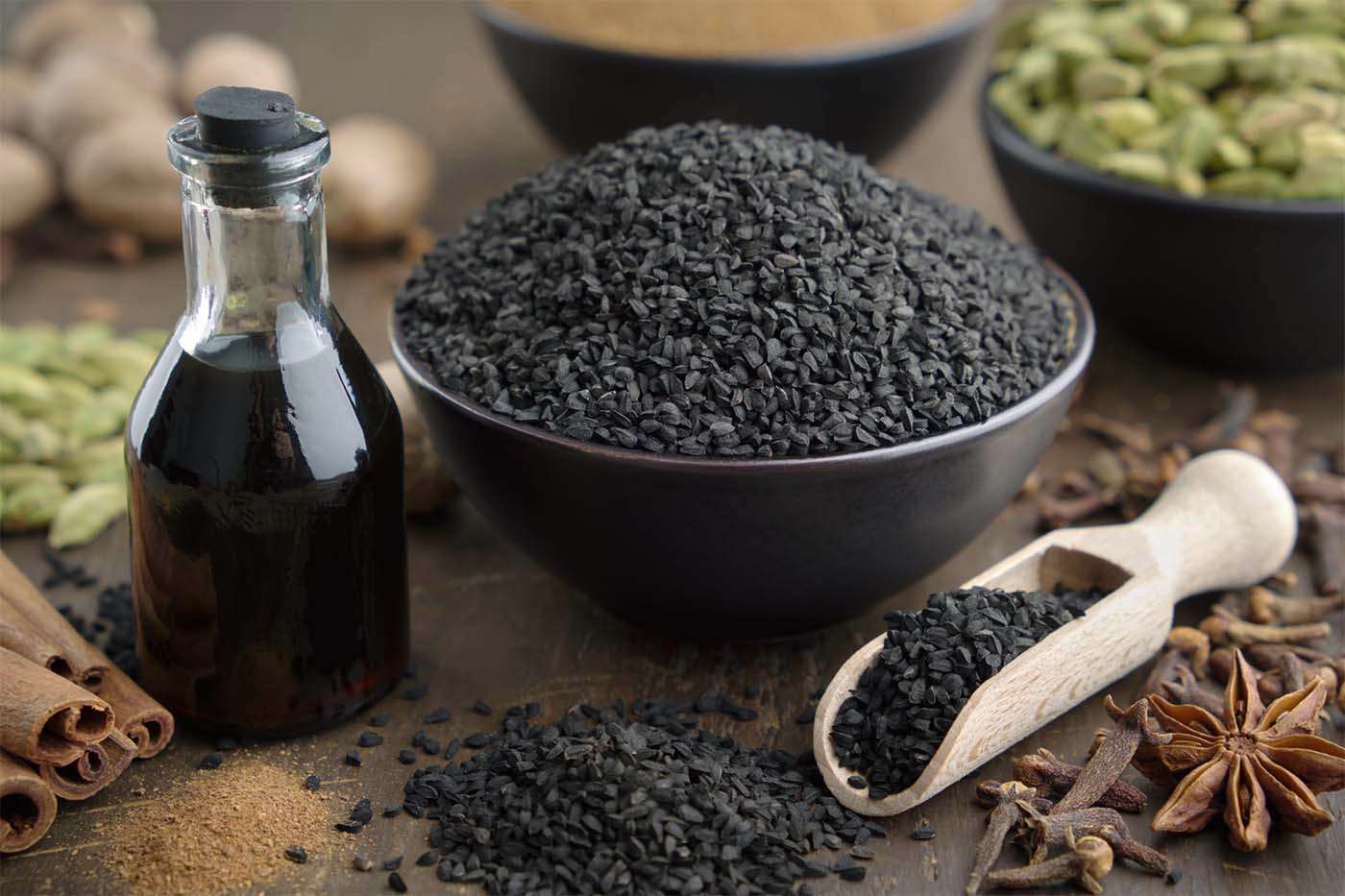
6. Could Help Protect the Liver
The liver is an incredibly important organ. It removes toxins, metabolizes drugs, processes nutrients and produces proteins and chemicals that are crucial to health.
Several promising animal studies have found that kalonji may help protect the liver against injury and damage. In one study, rats were injected with a toxic chemical, either with or without kalonji. Kalonji reduced the toxicity of the chemical and protected against liver and kidney damage.
One review attributed the protective effects of kalonji to its antioxidant content and ability to reduce inflammation and oxidative stress. However, more studies are needed to measure how kalonji may influence liver health in humans.
7. Can Aid in Blood Sugar Regulation
High blood sugar can cause many negative symptoms, including increased thirst, unintentional weight loss, fatigue and difficulty concentrating.
Left unchecked in the long term, high blood sugar can lead to even more serious consequences, such as nerve damage, vision changes and slow wound healing. Some evidence shows that kalonji could help keep blood sugar steady and thus prevent these dangerous adverse side effects.
One review of seven studies showed that supplementing with kalonji improved levels of fasting and average blood sugar. Similarly, another study in 94 people found that taking kalonji daily for three months significantly reduced fasting blood sugar, average blood sugar and insulin resistance.
8. May Prevent Stomach Ulcers
Stomach ulcers are painful sores that form when stomach acids eat away at the layer of protective mucus that lines the stomach. Some research shows that kalonji could help preserve the lining of the stomach and prevent the formation of ulcers.
In one animal study, 20 rats with stomach ulcers were treated using kalonji. Not only did it result in healing effects in about 83% of rats, but it was also nearly as effective as a common medication used to treat stomach ulcers.
Another animal study showed that kalonji and its active components prevented ulcer development and protected the lining of the stomach against the effects of alcohol.
Keep in mind that current research is limited to animal studies. Further research is needed to determine how kalonji may affect stomach ulcer development in humans.
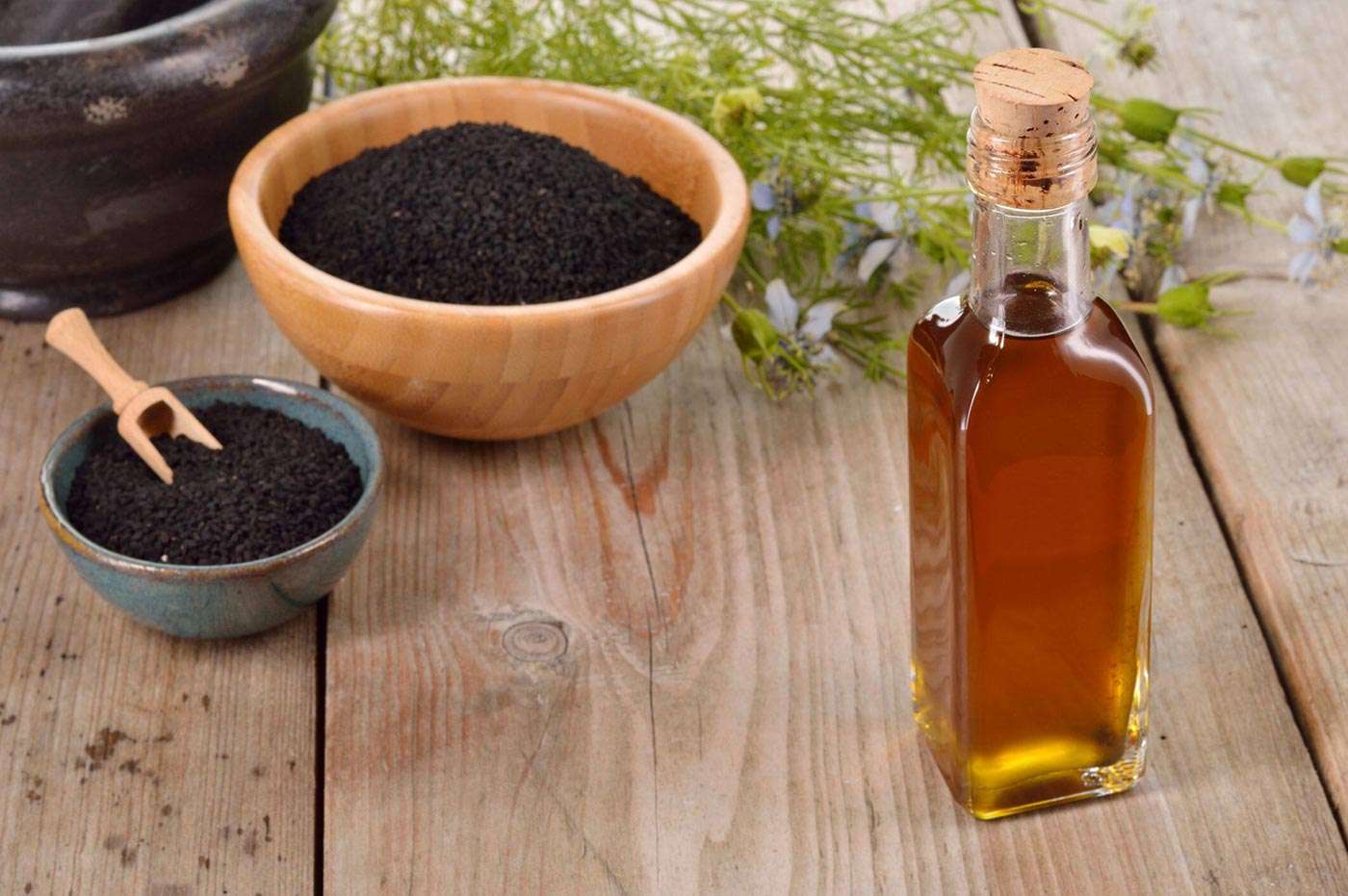
9. Easy to Add to Your Routine
There are a variety of ways to add kalonji to your diet. With a bitter taste that is described as a mix between oregano and onions, it is often found in Middle Eastern and South Asian cuisines.
It’s usually lightly toasted and then ground or used whole to add flavor to bread or curry dishes.
Some people also eat the seeds raw or mix them with honey or water. They can also be added to oatmeal, smoothies or yogurt. What’s more, the oil is sometimes diluted and applied topically as a natural remedy that’s said to increase hair growth, reduce inflammation and treat certain skin conditions. Lastly, supplements are available in capsule or soft gel form for a quick and concentrated dose of kalonji.
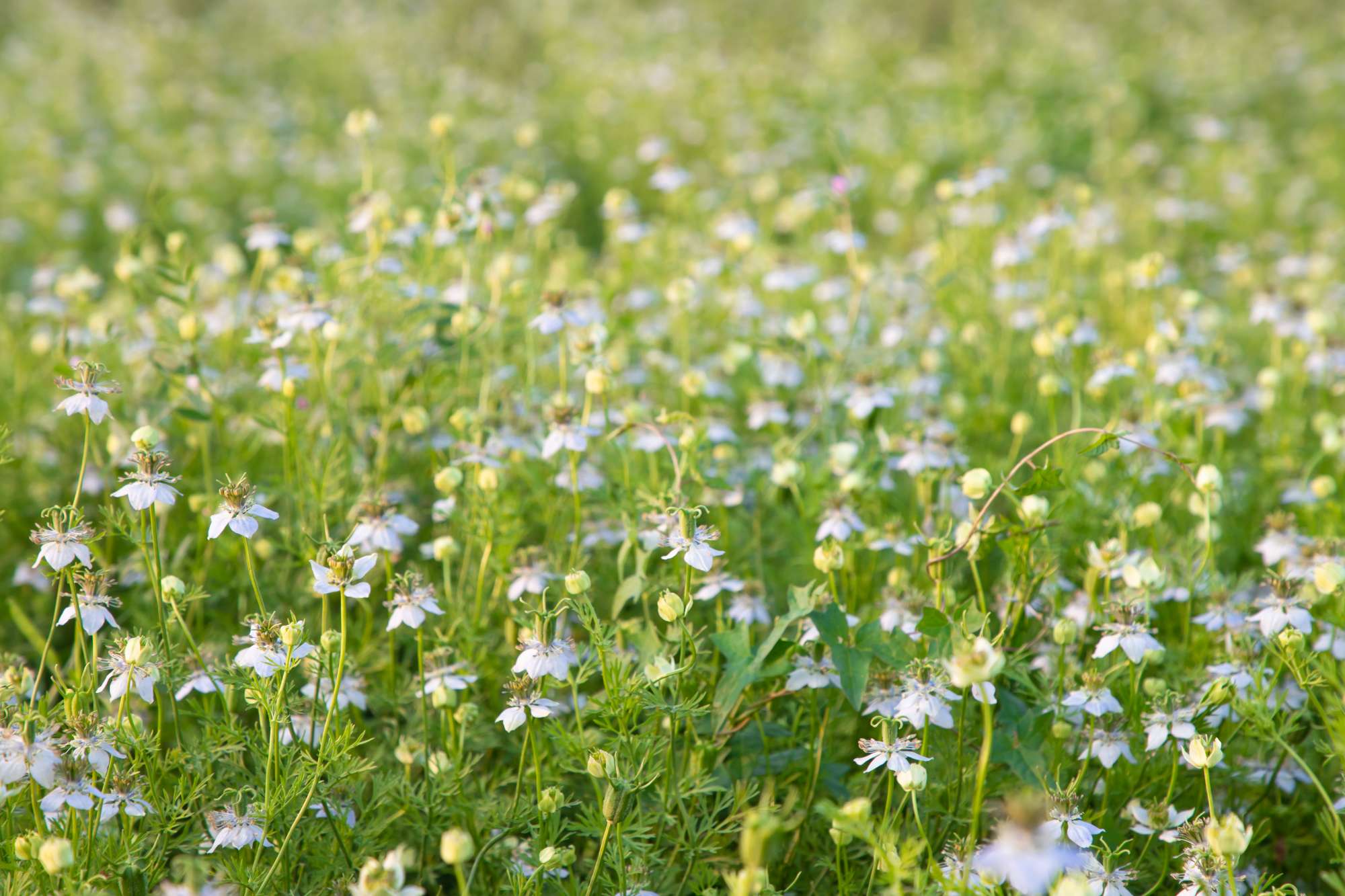
Kalonji May Not Be for Everyone
While kalonji has been associated with many health benefits and is generally safe when used as a spice or seasoning, taking a kalonji supplement or using kalonji oil may have risks.
For example, there have been reports of contact dermatitis after applying kalonji to the skin. If you plan on using it topically, be sure to do a patch test by applying a small amount first to make sure it does not cause an adverse reaction.
Furthermore, some test-tube studies have found that kalonji and its components may influence blood clotting. If you take medication for blood clotting, be sure to talk with your doctor before taking kalonji supplements.
Additionally, while some animal studies have found that kalonji can be safely consumed during pregnancy, one animal study found that the oil could slow down uterine contractions when used in large amounts. If you are pregnant, be sure to use it in moderation and consult your doctor if you have any concerns.
Compiled and penned by Crocus Media
Products
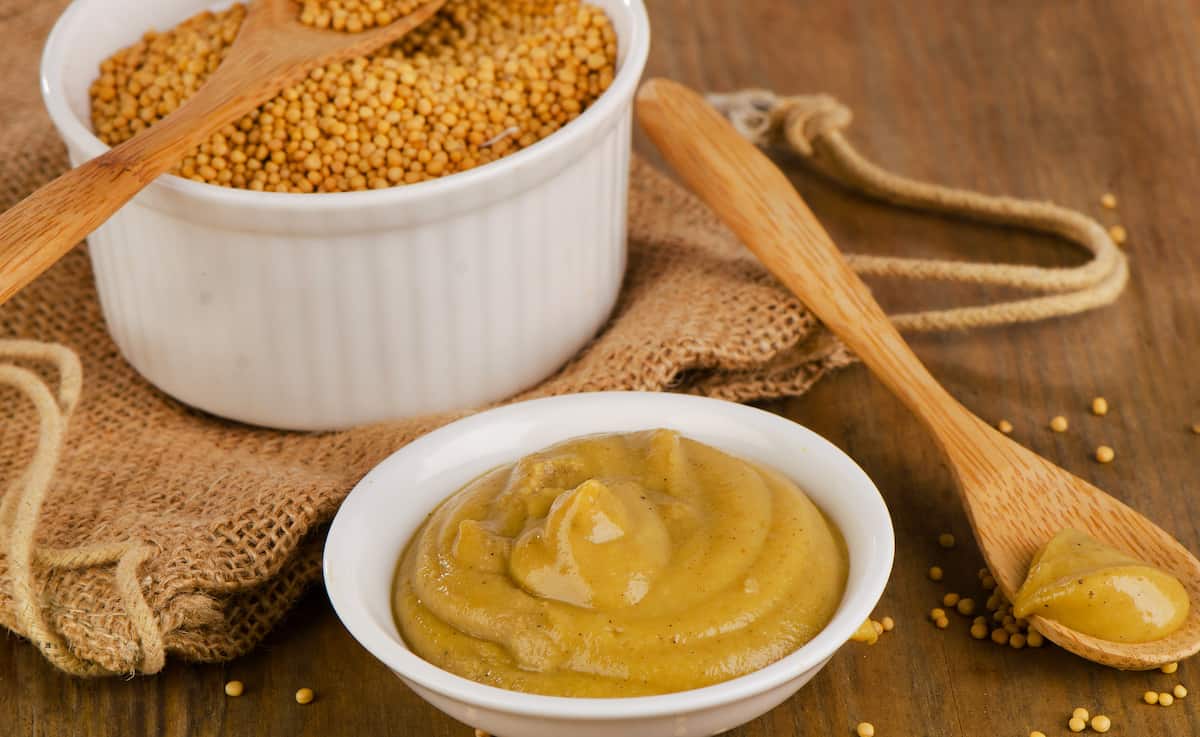
Yellow Mustard Seed
Yellow Mustard Seeds are rich in several minerals such as copper, calcium, iron,... with a good source of vitamins including vitamin C, vitamin K and vitamin B6. They can be used to relieve pain, maintain strong bones, relieve asthma, treat acid reflux, colds and coughs,...
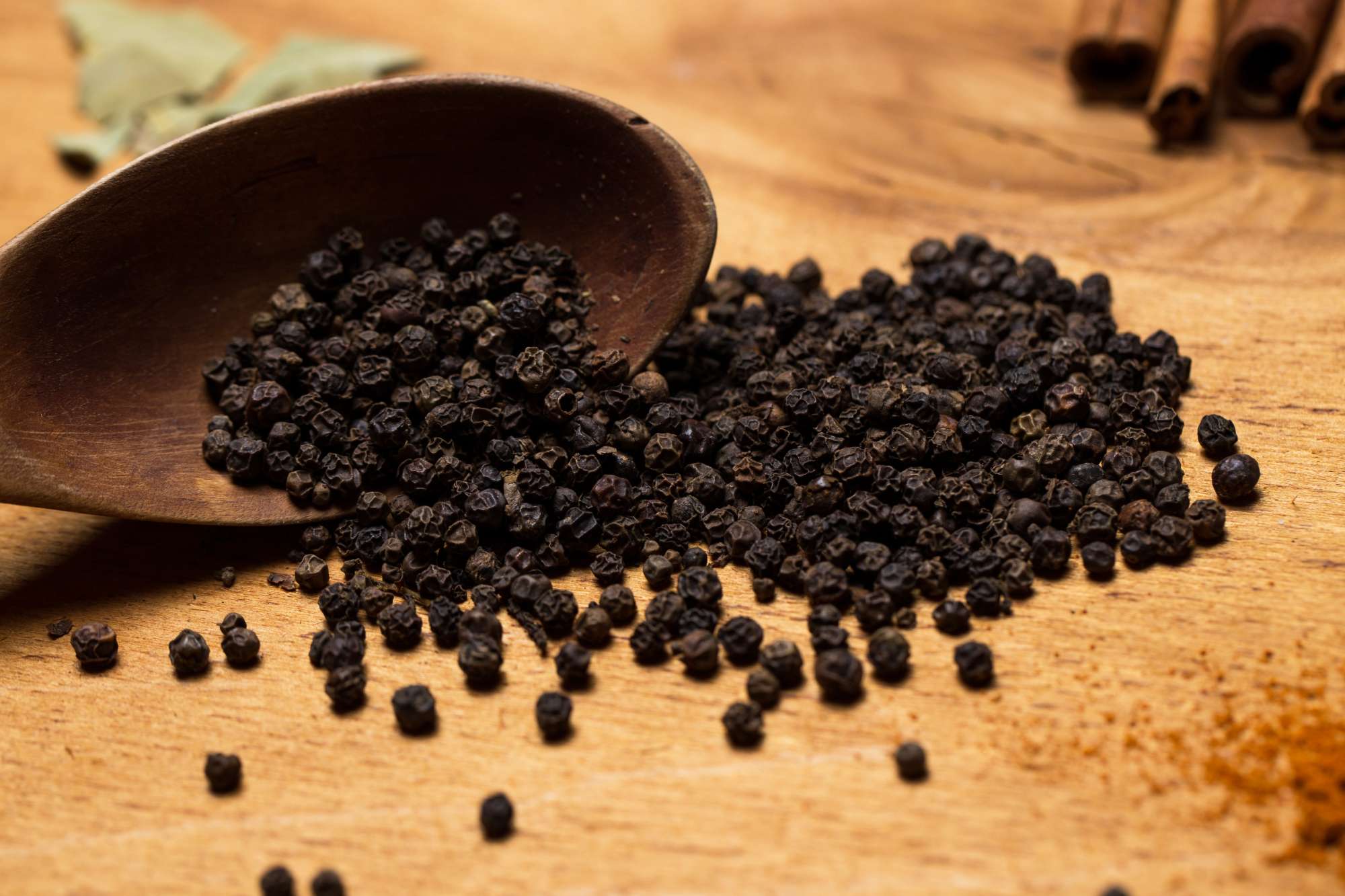
Black Pepper
Black Pepper is a good source of minerals that can help with bone health, metabolism and wound healing. One teaspoon of Black Pepper offers 13% of your daily recommended intake (DRI) of manganese and 3% of your DRI of vitamin K. With a sharp and mildly spicy flavor, Black Pepper can be added to almost every food of every nation in the world.
.jpg)


